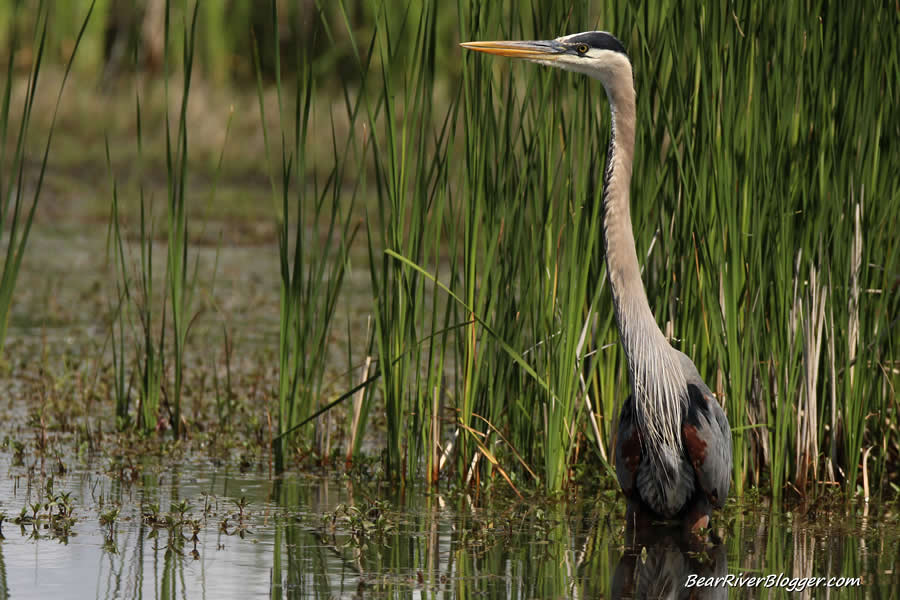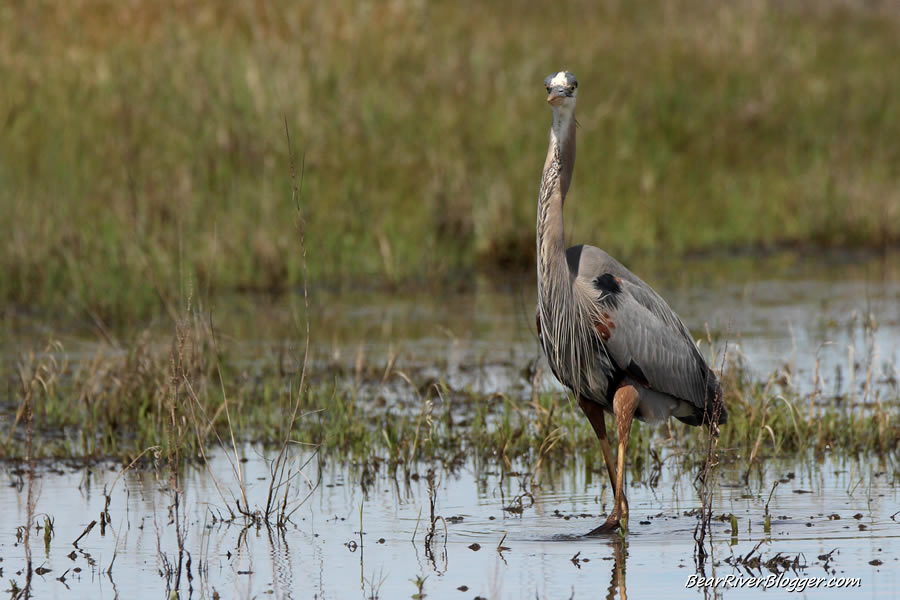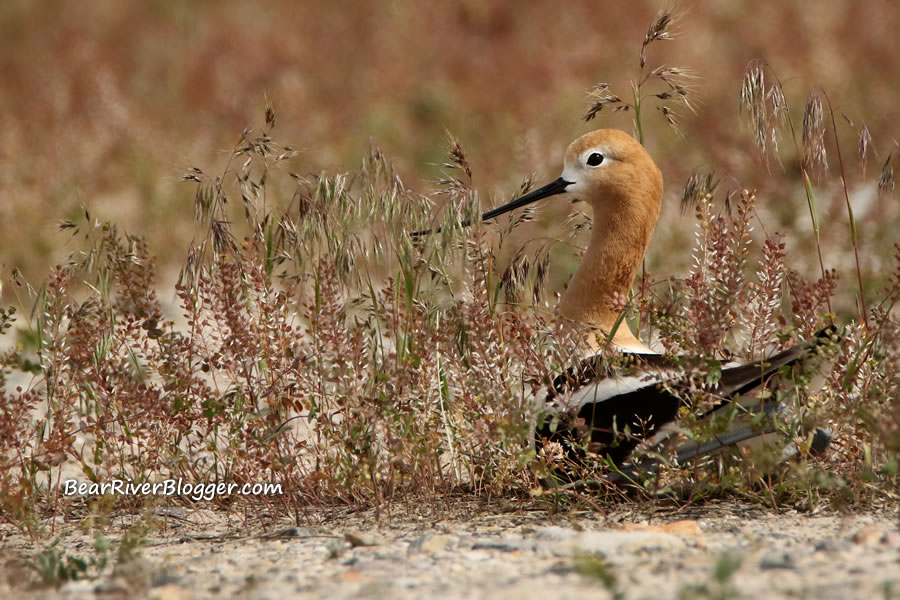Due to having “too many pots in the fire”, I’ve recently decided to drop my actual photography website and start posting a little bit about nature photography here instead.
It wasn’t a big loss mind you as I just didn’t have time to keep numerous websites up and running.
Since photography is an important part of my blogging efforts here and it has been a part of my life for 35 years now, it stands to reason that occasionally I change gears and post up about nature photography once in a while.
Well, like it or not, this is one of those times.
For those of you that come here more for the birds than the photography itself, I commend you as that is and will always be my passion, birds and bird watching through and through.
I love outdoor photography but it will always take a backseat to nature itself each and every time.
So please bear with me on occasion as I throw a quick photography post up once in a while to help share what I have learned from decades of chasing birds, bees, butterflies, and even sunsets with a camera for many, many years.
Yesterday, I had the opportunity to watch and photograph a great blue heron stalking the shallow waters at Farmington Bay.
As I always do when I see a great blue heron up close, I grabbed my camera and took a few photographs for my blog because, well, a fella can’t have too many great blue heron images now, can he?
But when I got home and started the editing process, something was off with one of the images but it took me a minute to see exactly what was bothering me so much.
Usually, I see what needs to be fixed immediately but for some reason, this image was troubling me and I didn’t know why.

After I saved the image it hit me, even though the great blue heron looked upright, the horizon was off just a bit, giving the image a slight tilt to the right.
It was an easy fix but one that took a minute to notice but in the end made the image so much better.
The point I want to make here is always to check your image’s horizon and make sure it is perfectly level, even if it is off only by a slight degree like this image was.
It might not be noticeable at first but an off-kilter horizon can ruin an otherwise good photograph.
This is the corrected image, slightly cropped down but with a properly straightened horizon.

The first thing I look at with bird photographs is if the bird itself is straight up and down and looks correct.
Normally a crooked horizon grabs my eye but with this photo, the heron seemed to be correctly vertical.
But that is the tricky thing when photographing with what I call a “soft horizon”, a landscape with no real distinct sharp horizontal cue which is common in images such as the one above.
Sometimes you just have to let the subject, in this case, the great blue heron, be the defining factor in the correct image position.
In this case, however, the great blue heron by itself didn’t look off but something else did, the cattails behind it so it warranted even a slight horizontal adjustment.
It’s the small things, such as a couple degrees one way or the other for a horizon being off, that can really trouble an otherwise good bird photograph.
For those of you wanting to know what camera I use for bird photography, hold on to your hats because I still use my old Canon rebel and will until the day it falls apart in my hands.
Oh, I have other cameras, even much better cameras at my disposal but I want to show others it’s not really the camera but the photographer that takes the picture.
A camera is only a tool that does what you tell it to do.
And honestly, a better camera makes the job easier but it won’t, by itself, give you a better picture.
That comes from practice, understanding light and composition, and some basic editing concepts, all of which I will blog about down the road when the time comes.
But for now, just keep an eye on your horizons and keep them straight.
For those of you who love birds and bird photography, I offer you to head on over to my subscribe page and sign up for email notifications for future blog posts.



